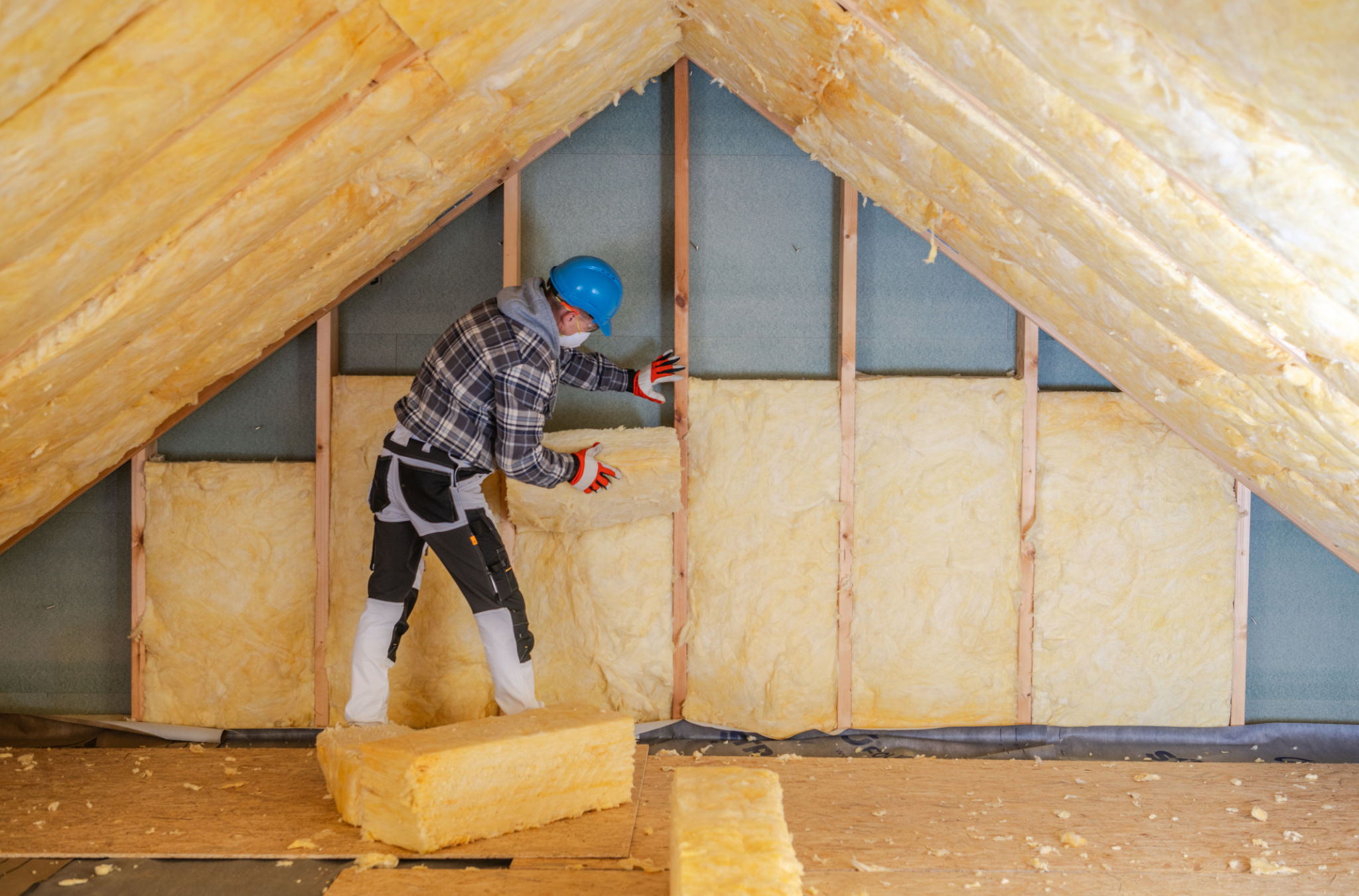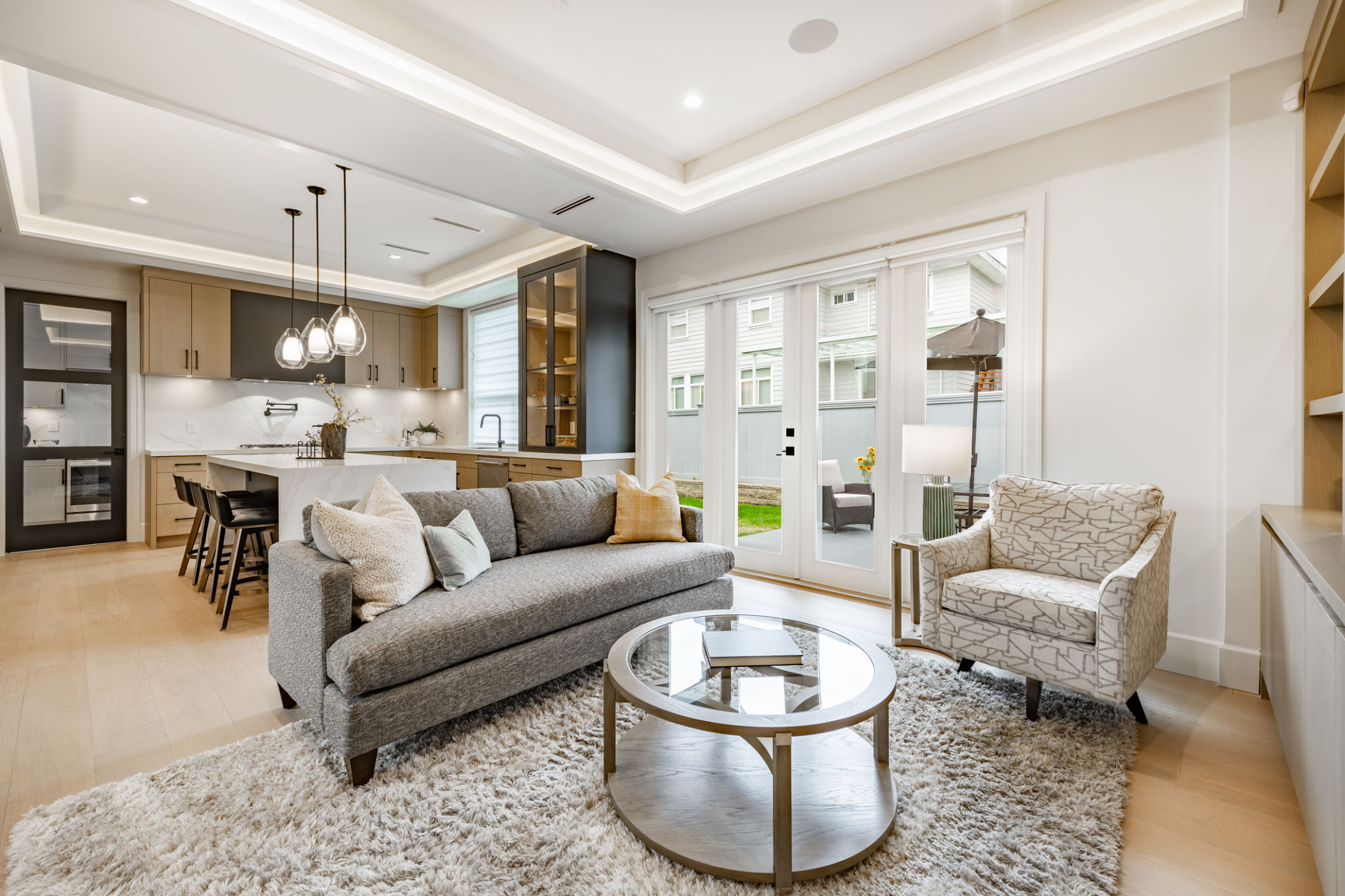DIY Tips for Setting Up Your Container Home in Florida
With the rising popularity of sustainable living, container homes have become a favored choice for many looking to build an eco-friendly and cost-effective dwelling. In Florida, where the climate is warm and inviting, container homes offer a unique and versatile housing option. Whether you're a seasoned DIY enthusiast or new to the world of construction, setting up your own container home can be an exciting project. Here are some essential tips to guide you through the process.
Choosing the Right Location
The first step in setting up your container home is selecting the perfect location. In Florida, this means considering factors such as flood zones, proximity to amenities, and access to utilities. Ensure the plot of land you choose complies with local zoning laws and building codes. It's also beneficial to pick a site that maximizes natural light and ventilation.

Designing Your Container Home
Once you've secured your location, it's time to design your home. The beauty of container homes lies in their modular nature, allowing for creative layouts and designs. Consider how many containers you will need based on your space requirements and budget. Use design software or consult with an architect to bring your vision to life, focusing on energy efficiency and sustainability.
Maximizing Space
Container homes require strategic planning to maximize space. Think vertically by incorporating multi-level layouts and using space-saving furniture. Built-in storage solutions and foldable furniture can help maintain a clutter-free environment. Remember to plan for ample outdoor space, which can serve as an extension of your living area.

Preparing the Site
Before placing your containers, proper site preparation is crucial. This involves clearing the land, leveling the ground, and laying a strong foundation. A concrete slab or piers are commonly used foundations for container homes. Ensure that drainage is adequately planned to prevent water damage during Florida's rainy season.
Insulation and Ventilation
Given Florida's warm climate, insulation and ventilation are key considerations. Proper insulation will help regulate indoor temperatures, keeping your home comfortable year-round. Spray foam or rigid board insulation is often used for its effectiveness. Additionally, incorporate strategically placed windows and vents for natural airflow.

Electrical and Plumbing Setup
Setting up electrical and plumbing systems in a container home requires careful planning. It's advisable to hire professionals to ensure these systems meet safety standards and are installed correctly. Consider solar panels for electricity to enhance sustainability and reduce utility costs. For plumbing, efficient water use systems such as low-flow fixtures can be integrated.
Finishing Touches
Once the structural elements are complete, focus on the interior finishes. Choose materials that complement the industrial aesthetic of a container home while offering comfort and functionality. Reclaimed wood, metal accents, and minimalist decor are popular choices. Don't forget to incorporate elements that reflect your personal style.

Building a container home in Florida offers a unique opportunity to create an eco-friendly and personalized living space. By carefully planning each stage of the process—from location selection to design elements—you can ensure your DIY container home project is successful and rewarding. Embrace the challenges as part of the journey, and enjoy the satisfaction of creating your sustainable sanctuary.
